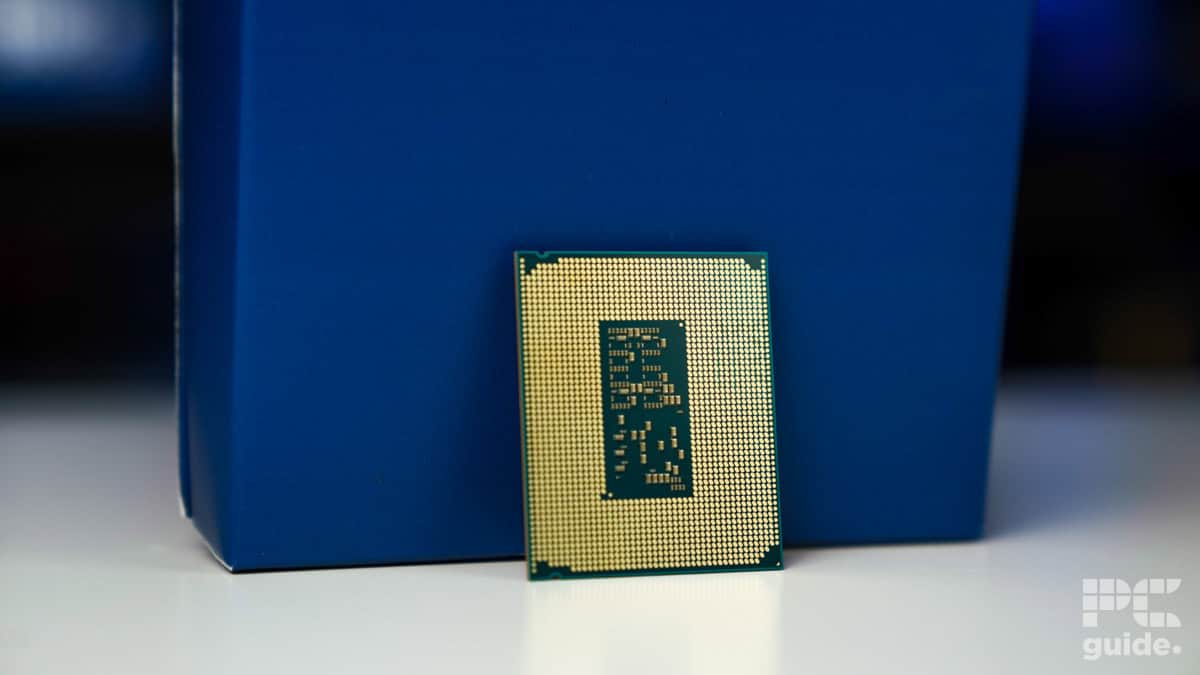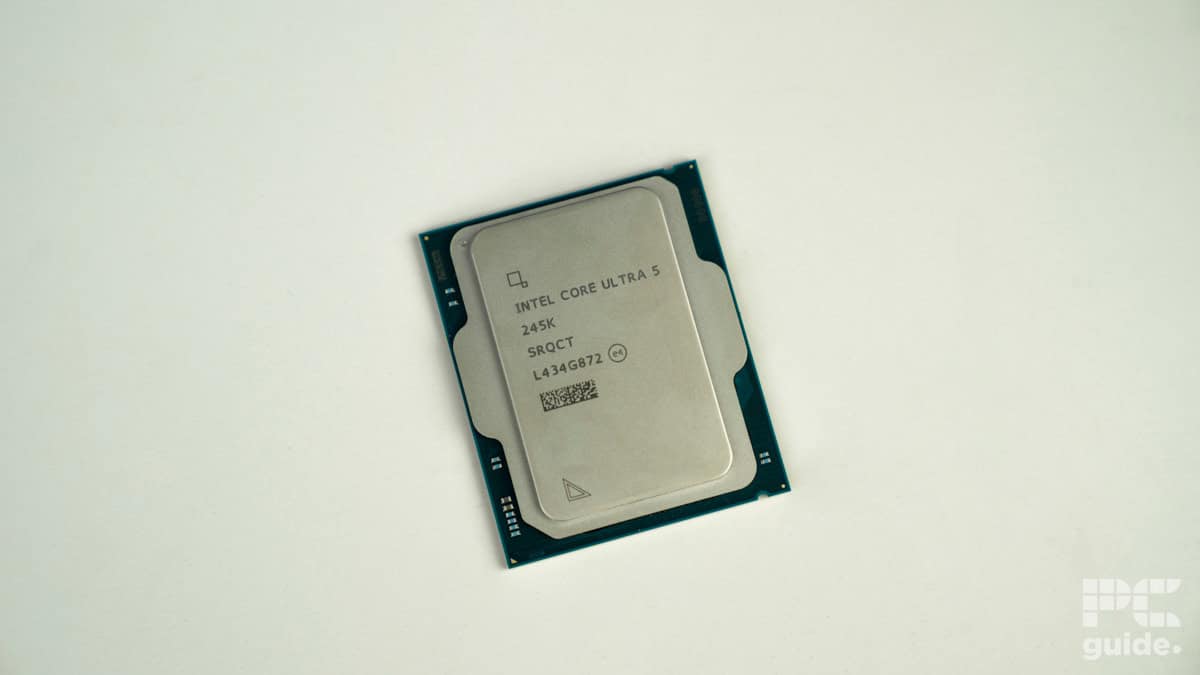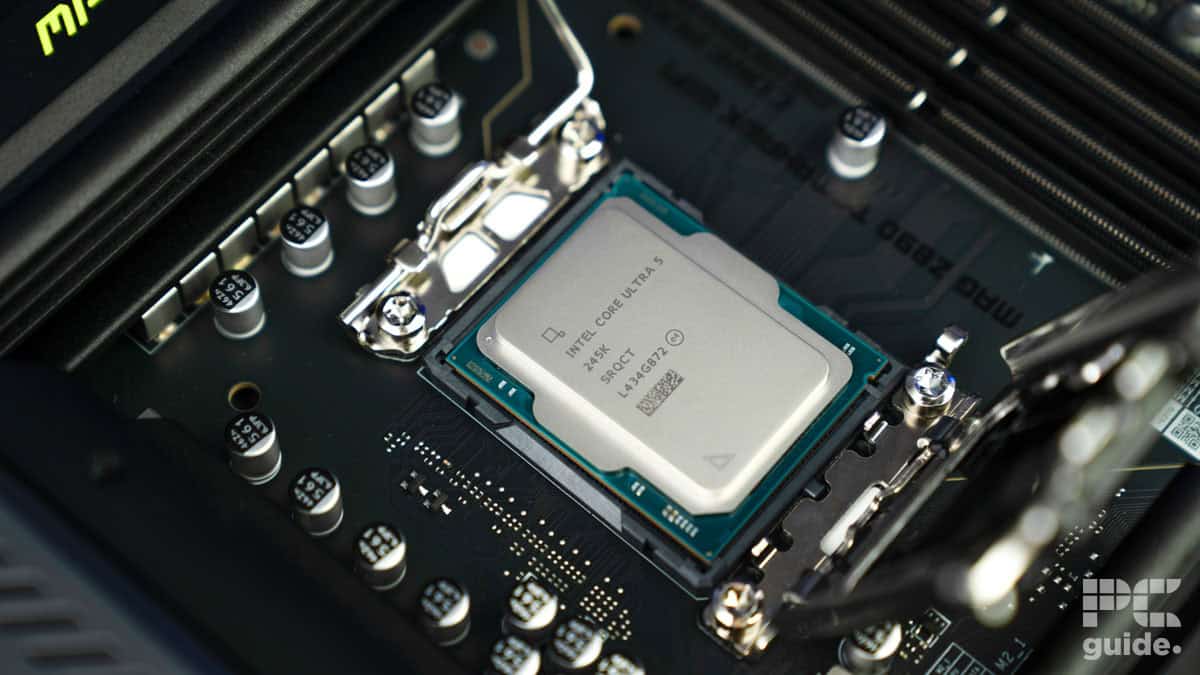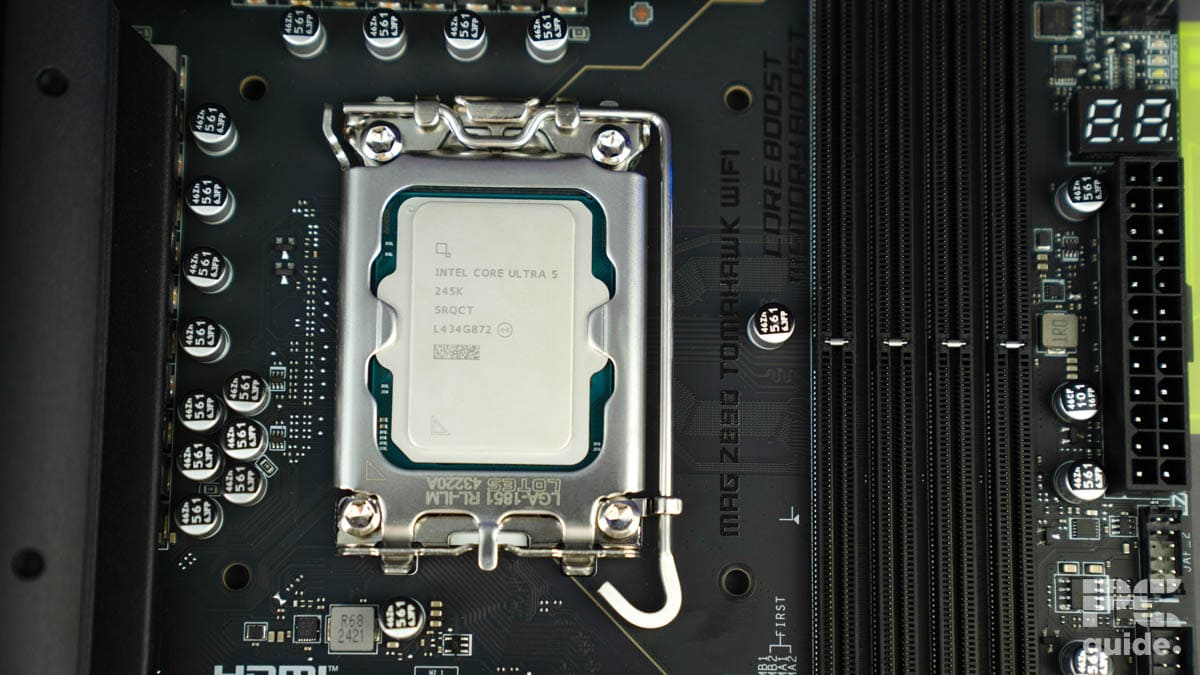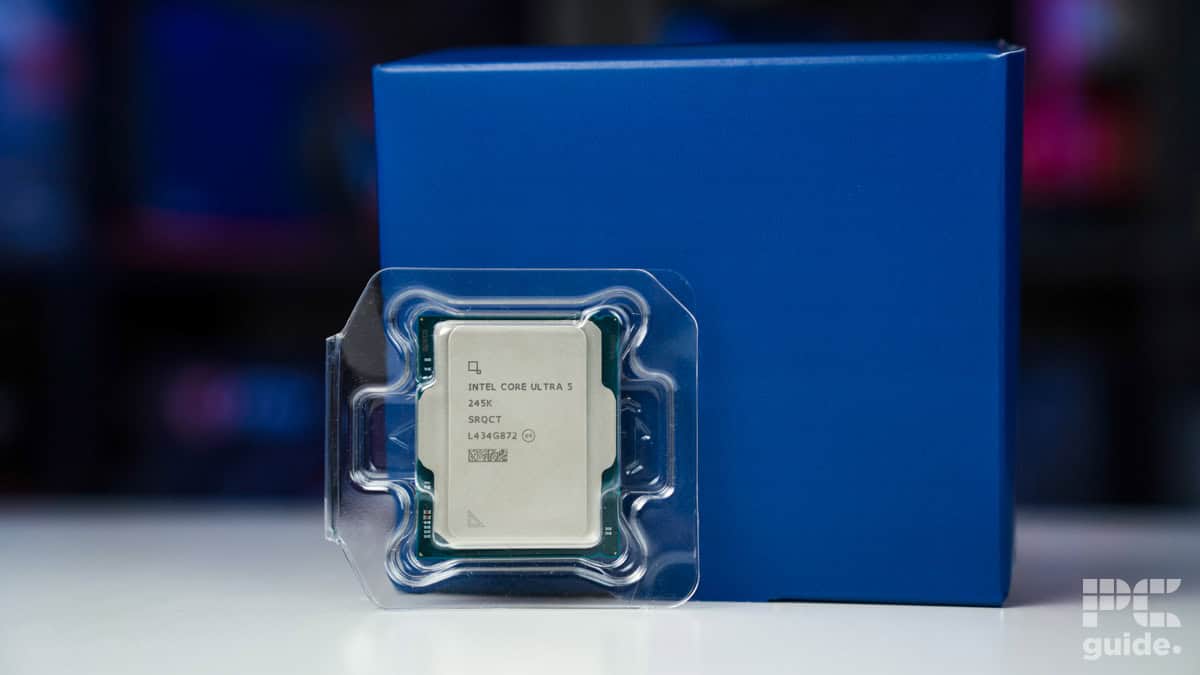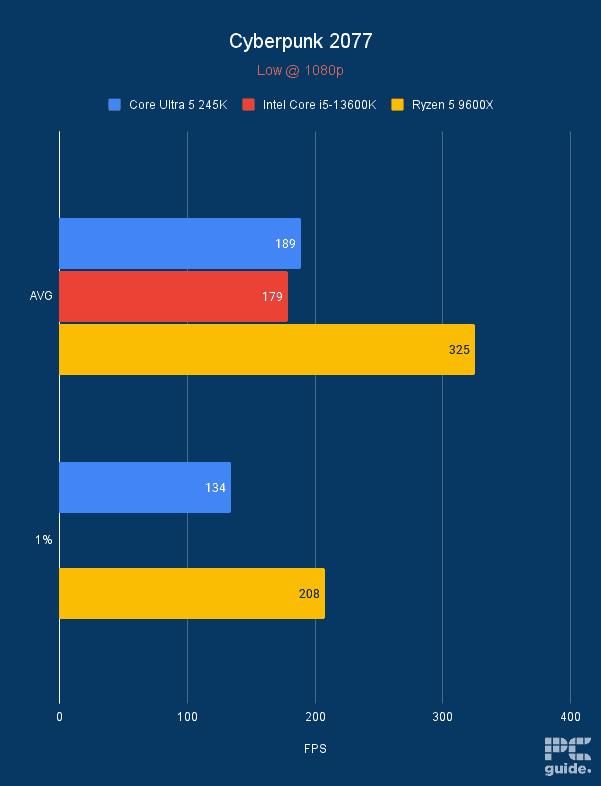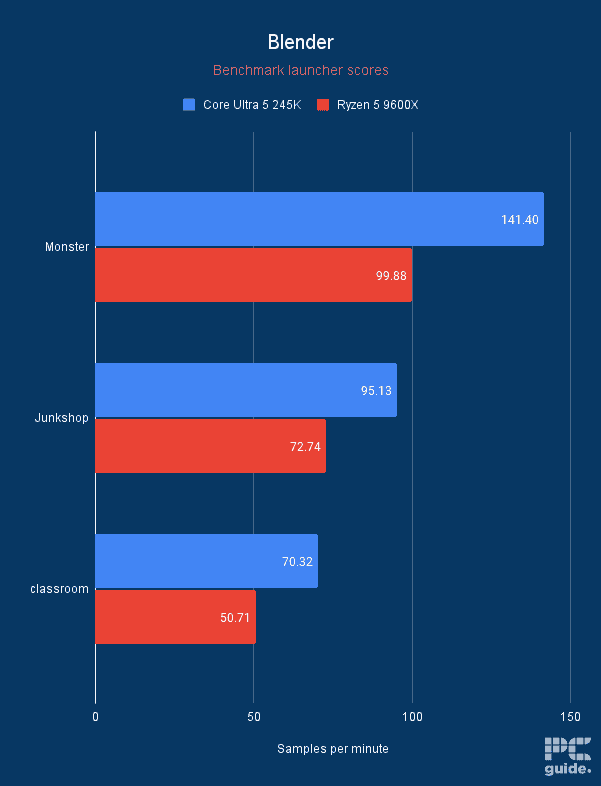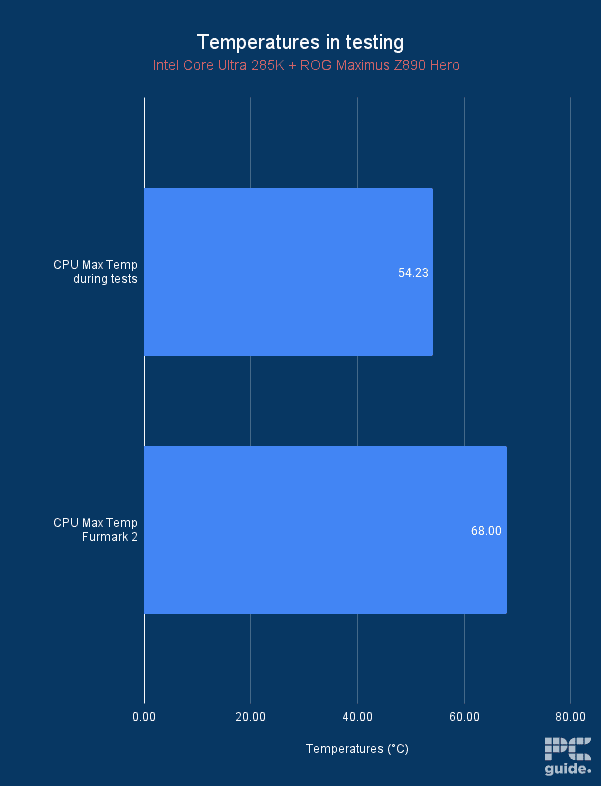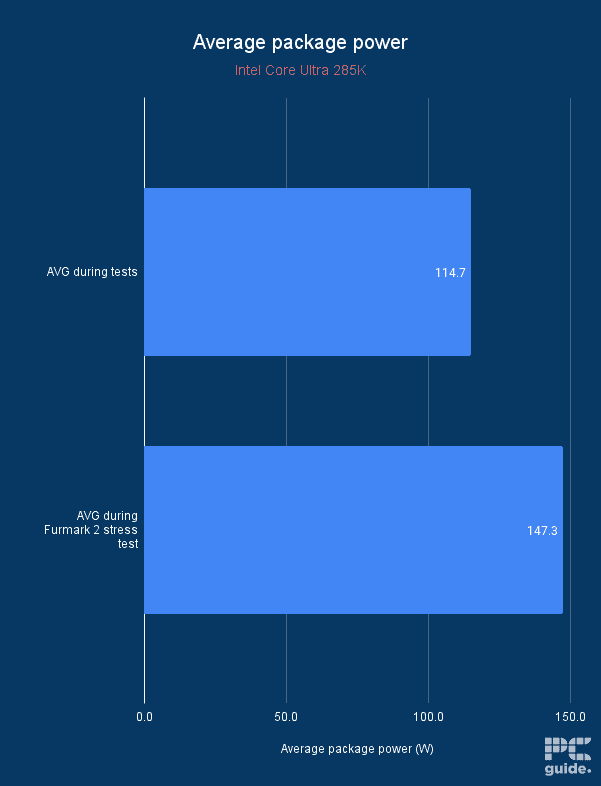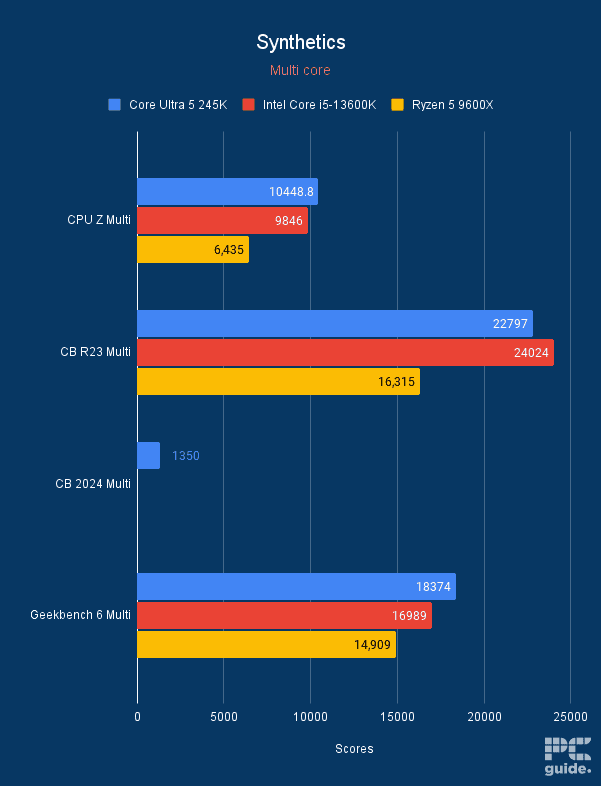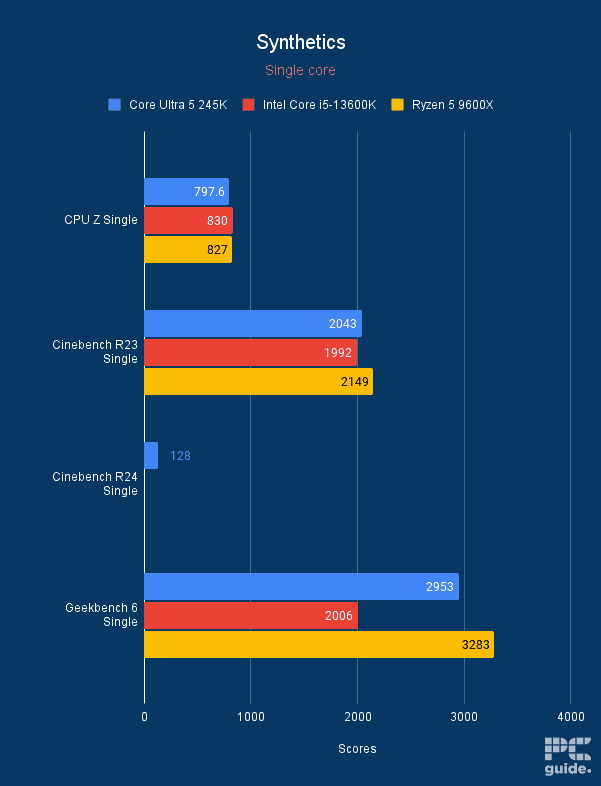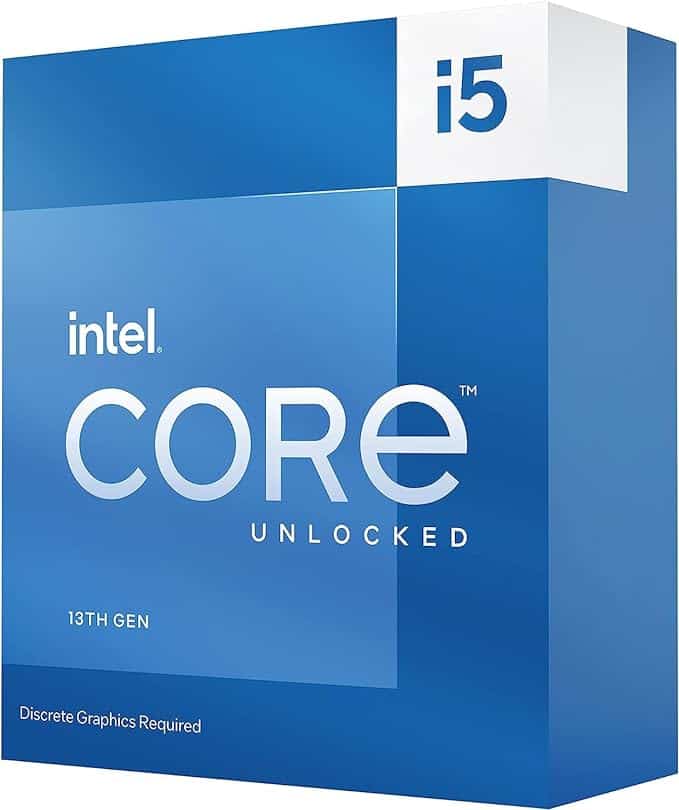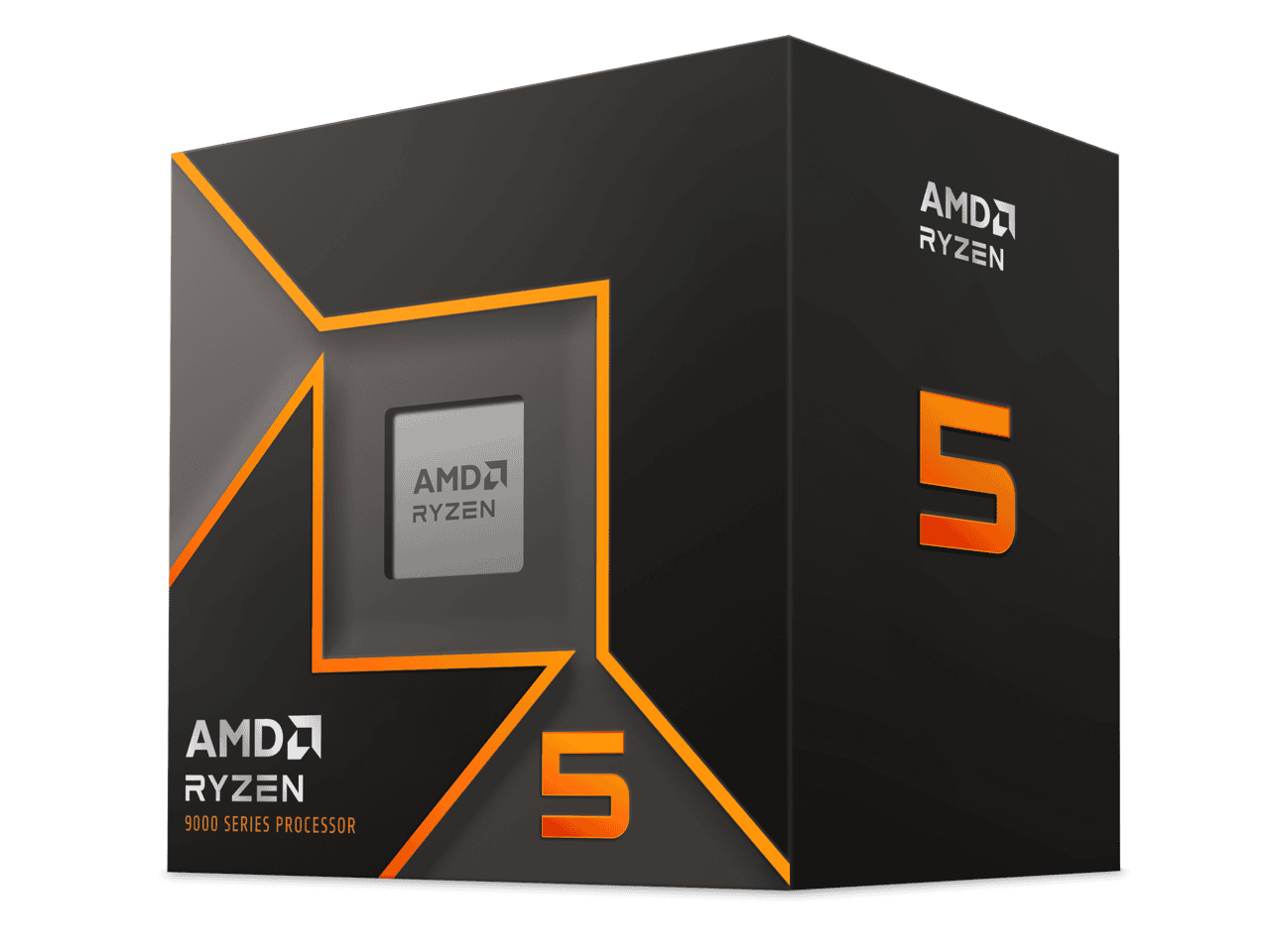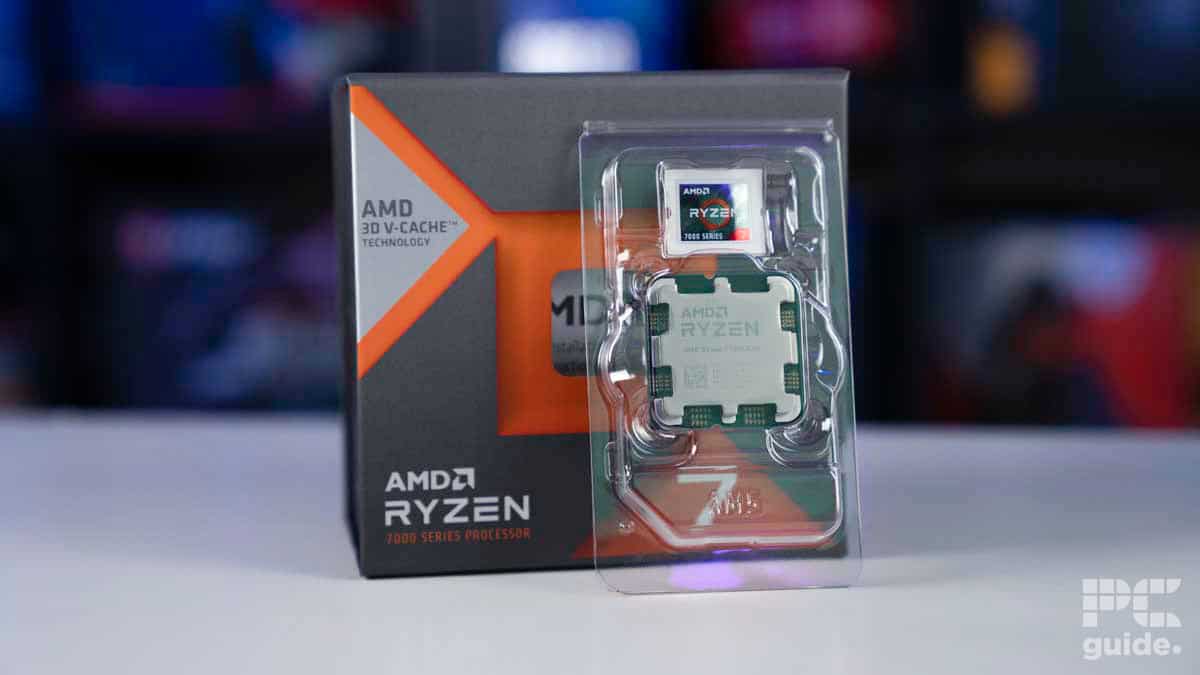Intel Core Ultra 5 245K review: an underwhelming entry that has underlying improvements
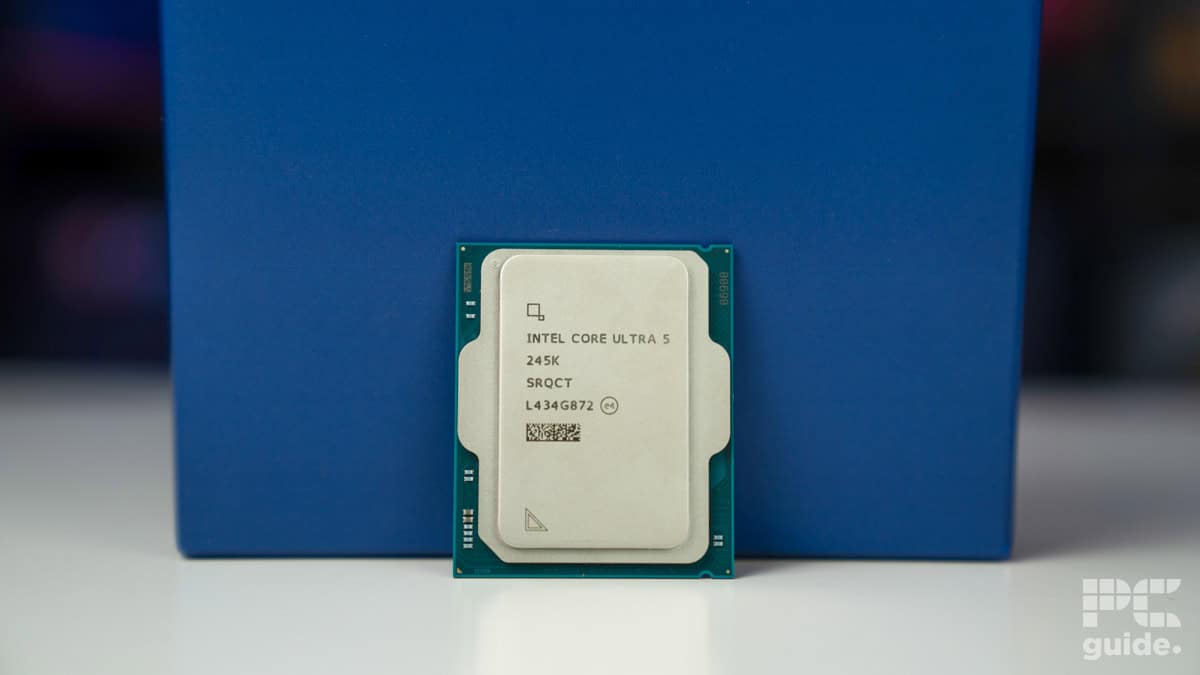
Table of Contents
It’s that time again when we get a new generation of processors to get excited about, or at least see what they have to offer. With Intel, it has hit refresh and given us a whole new line of CPUs this year – perhaps a good move considering some of the instability issues plaguing its previous generations.
I’ve already reviewed the impressive Ultra 9 285K, which I gave 4.5 stars, but now my attention turns to the intriguing, ‘lower-end’ option – the Ultra 5 245K. Here’s how it stood up to our testing, and whether you should consider it for you next processor.
Prime Day is finally here! Find all the biggest tech and PC deals below.
- Sapphire 11348-03-20G Pulse AMD Radeon™ RX 9070 XT Was $779 Now $739
- AMD Ryzen 7 7800X3D 8-Core, 16-Thread Desktop Processor Was $449 Now $341
- ASUS RTX™ 5060 OC Edition Graphics Card Was $379 Now $339
- LG 77-Inch Class OLED evo AI 4K C5 Series Smart TV Was $3,696 Now $2,796
- Intel® Core™ i7-14700K New Gaming Desktop Was $320.99 Now $274
- Lexar 2TB NM1090 w/HeatSink SSD PCIe Gen5x4 NVMe M.2 Was $281.97 Now $214.98
- Apple Watch Series 10 GPS + Cellular 42mm case Smartwatch Was $499.99 Now $379.99
- ASUS ROG Strix G16 (2025) 16" FHD, RTX 5060 gaming laptop Was $1,499.99 Now $1,274.99
- Apple iPad mini (A17 Pro): Apple Intelligence Was $499.99 Now $379.99
*Prices and savings subject to change. Click through to get the current prices.
- Cores: 14 (6x P, 8x E)
- Threads: 14
- Boost clock speed: 5.2GHz P-core, 4.6GHz E-core
- Base clock speed: 4.2GHz P-core, 3.6GHz E-core
- L3 cache: 24MB
- TDP: 125W base, 159W max
- Platform: LGA 1851 (Arrow Lake)
The Intel Core Ultra 5 245K is a rather dull release of a processor as it’s hard to pinpoint who it’s for. It has relatively poor gaming and not-so-great single-core performance, but it does do well with multi-core processes, even with the lack of hyper-threading. For those with productivity in mind, a high core count CPU makes more sense, and the competition at this tier for gaming seems to put the Core Ultra in an awkward spot. It’s a shame that even the improvements in temps and efficiency aren’t that enticing when the rest isn’t there.
- Low average power consumption
- Strong multi-core performance
- Keeps to low temperatures during any process
- Not great gaming performance even against cheaper and previous CPUs
- Expensive platform with no budget boards on release
- Single-core performance not as impressive
Specifications
| Spec | Core Ultra 5 245K | Core i5-14600K |
|---|---|---|
| Cores (Performance/Efficient) | 14 (6/8) | 14 (6/8) |
| Total threads | 14 | 20 |
| Max turbo/Base P&E Frequency | 5.2/5.2 & 4.6GHz | 5.3/5.3 & 4GHz |
| Intel Smart Cache/L2 | 24/26MB | 24/20MB |
| Base Power/Max Turbo power | 125/159W | 125/181W |
| Lithography | TSMC 3nm | Intel 10nm |
| Socket | LGA 1851 | LGA 1700 |
| Launch date | Q4’24 | Q4’23 |
| Launch price | $309.00-$319.00 | $319.00-$329.00 |
Starting off with the basis of the processor, Intel has given up on its own fab to create its silicon. Instead, it has gone to the tried and tested market leader in TSMC, shrinking down its transistor sizes from 10nm to 7nm. That allows it to add in a lot more transistors on the die, leading to a lot more processing power even on the same size die.
But it has changed that as well, as it has gone for a bigger socket, moving away from LGA 1700 to 1851. Adding in an additional 151 pads for contact with the motherboard, breaking compatibility with older generations, but at least keeping the CPU cooler compatibility, giving you at least one less thing to have to buy new for it.
In another change from previous years, Intel has cut back on the thread count, matching the core count instead. This is because it has removed hyper-threading and the ability for multiple threads to work on the same core at the same time. That made me worry about its multi-core performance but, as I found in the Ultra 9 285K review and tests of the 245K, that wasn’t the problem.
It does keep the core count the same up at 14 with a split between performance and efficiency cores for splitting up tasks and power consumption depending on the task. These also keep a similar max boost frequency, at least without overclocking, but its base clocks on the efficiency cores rise above the 14600K, the chip it succeeds.
That does come with a lower power design on paper, as its max turbo power drops over 20W to try and help lower the CPU temperatures, as its previous iterations were rather hot processors reaching those high temps. As I found in testing, Intel has managed to improve the thermal design a lot, and you won’t need a beefy cooler to take care of them anymore.
Test setup and performance
| Component | Name |
| GPU | RTX 4070 Ti |
| Memory | Corsair Dominator Titanium 64GB DDR5 @ 6800MT/s |
| Motherboard | MSI MAG Z890 Tomahawk WiFi |
| CPU cooler | Corsair Elite LCD Capellix 360mm |
| Power supply | ASUS ROG Thor 1000W |
| Case | Cooler Master Masterframe |
Above are the specs of the benchmarking PC I used with the 245K, requiring a new Z890 motherboard to provide compatibility, but at least the AIO cooler could be used on this again without new hardware. As for the GPU, it is a 4070 Ti but when testing a CPU it doesn’t affect and real performance as even in gaming it’s all put on low to maximize CPU usage.
The new processors also only support DDR5 RAM now, no longer having the hybrid system like on LGA 1700, and fully committing to the standard like AMD did for AM5. But now it also supports much higher speeds with a simple OC, but I didn’t get any of that yet so we stuck with 6800MT/s Corsair Dominators.
Synthetics
Starting off with the synthetics, these are the workloads that are more about productivity and fast processing. These offer a mix of single-core and multi-core benchmarks to evaluate and compare how the 245K does against some of the previous processors we have tested that are on a similar tier to this one, although they would have been with different setups and tested previously so it’s not an ideal one to one comparison.
Looking at the single core loads, we see the 246K mostly fall behind the AMD 9600X if not just sitting rather close, whilst slightly leading the 13600K from two generations ago.
On the other hand, the multi-core performance in fact mostly leads the way, jumping ahead of both the 9600X and 13600K. Although in Cinbench r23 it does lose out to the i5 a bit, but in general the loss of hyper-threading hasn’t really affected its capabilities.
Although you might not do much rendering from your CPU, running the Blender benchmark we see it achieve a higher samples per minute score than the 9600X as well.
Gaming
As for gaming, we only had a quick look at one game, Cyberpunk 2077, running it at 1080p and at low settings. It does beat out the older Intel chip slightly but massively falls behind the 9600X, although it might be exaggerated in our tests, it seemingly is the case for these new processors, that they aren’t exactly the best option for gaming scenarios.
Temperatures and power
The temps and power improvements of the Core Ultra 200 series are the talking points. During my tests, I used HWinfo to get the average max package temperature and average package power that the processor achieved during these. I also pushed it to its limits with a Furmark 2 burn to see what loading up all cores fully could do.
There I got a 54.23°C max temp, with it only climbing to 68°C during Furmark, nowhere near that 100°C throttling temperature. This shows that our 360mm AIO might just be a bit of an overkill for these processors now, and in a similar vein, the 1000W is a bit much too. Most of the time it averaged around 114W in tests reaching 134W max, whilst during Furmark that rose to 147W, which is still a nice bit lower than the 13900K and general high usage of its predecessors.
Price
Now when it comes to the price of the 285K, it has actually dropped the launch price over the previous year’s version. With a $319 asking price, it saves you $10 over the 14600k, although you’re likely to find that one on sale for cheaper as at the time of writing it can be found for $254.
It’s also quite a bit more expensive than the 9600X, as that had a launch price of $279 just a couple of months ago, and even now it has decent deals on it too. Along with having to get a whole new platform for the Intel chip, the price adds up quickly for something that seemingly isn’t as good.
Alternatives to the 245K
If the 245K isn’t quite what you expected or want to know what’s the equivalent choice, here are a few of our top choices for the job.
-
Intel Core i5 14600K
- Cores: 14 (6P-8E)
- Threads: 20
- Boost clock speed: P-Core 5.3GHz / E-Core 4.0GHz
- Base clock speed: P-Core 2.6GHz / E-Core 3.5GHz
- L3 Cache : 24 MB
- TDP : 125W
-
AMD Ryzen 5 9600X
- Cores: 6
- Threads: 12
- Boost clock speed: 5.4 GHz
- Base clock speed: 3.9 GHz
- L3 Cache: 32 MB
- TDP: 65 W
-
AMD Ryzen 7 7800X3D
- Cores: 8
- Threads: 16
- Boost speed : up to 5 GHz
- Base speed: 4.2 GHz
- L3 Cache: 96 MB
- TDP: 120 W
Starting with the immediate predecessor to it, the 14600K is a cheaper choice from the get-go, and will generally perform on par with what the 245K can do. It might require more power to do so, but that cost of electricity isn’t going to pay off soon anyway.
Then from AMD, you have the 9600X, also quite a new chip with a whole new platform, which AMD has a lot more track record for supporting for much longer. It does also require DDR5 but with the lower rated power draw but a better gaming performance, it’s definitely a more worthy budget gaming CPU to go for over the 245k.
Then there’s the 7800X3D, it’s not quite equivalent as it’s a bit more expensive, but it’s the go-to option for gaming prowess. Although with the 9800X3D release expected soon, it might be worth waiting around just a bit longer if its a gaming build you’re going for.
Conclusion
- Cores: 14 (6x P, 8x E)
- Threads: 14
- Boost clock speed: 5.2GHz P-core, 4.6GHz E-core
- Base clock speed: 4.2GHz P-core, 3.6GHz E-core
- L3 cache: 24MB
- TDP: 125W base, 159W max
- Platform: LGA 1851 (Arrow Lake)
Overall, the Core Ultra 5 245K is just a bit of a false start from Intel, with the majority of the performance on par or just leading its predecessors and competition, there’s nothing too exciting about it. Especially as its cost doesn’t make sense for those after an all-round or budget chip as the gaming performance is not there, and if you’re going for the productivity route, you’re going to be looking for more cores anyway.
It does however come with a lower temperature ceiling and power draw, making it a bit more manageable in comparison to its predecessors. So it might just be the solution for someone out there, but at least it’s a good starting point for future chips if it can keep the socket compatibility going.

